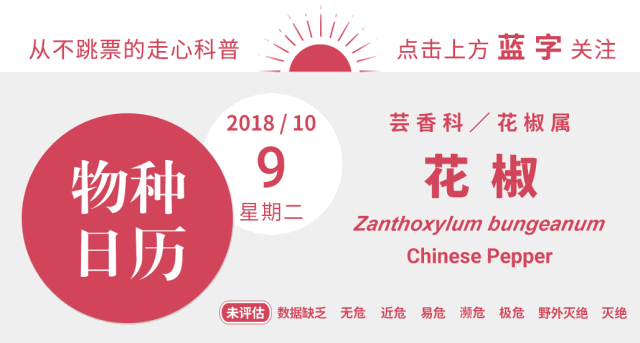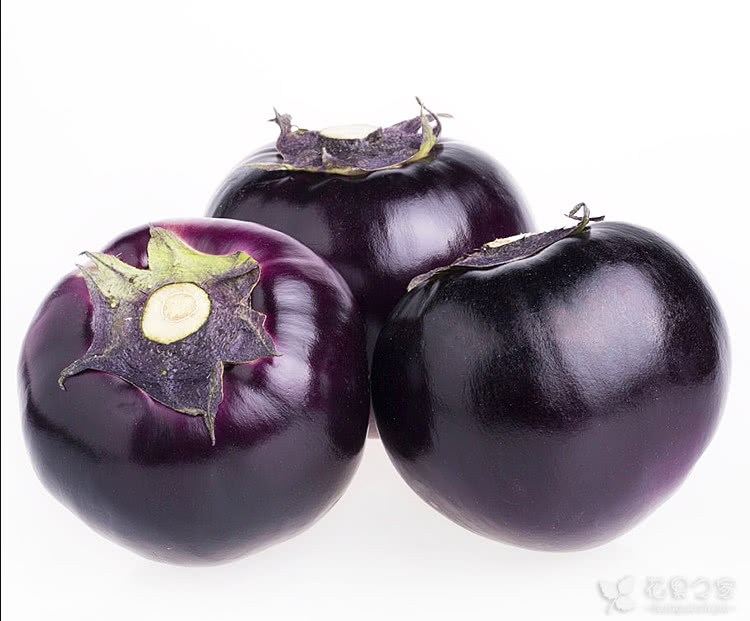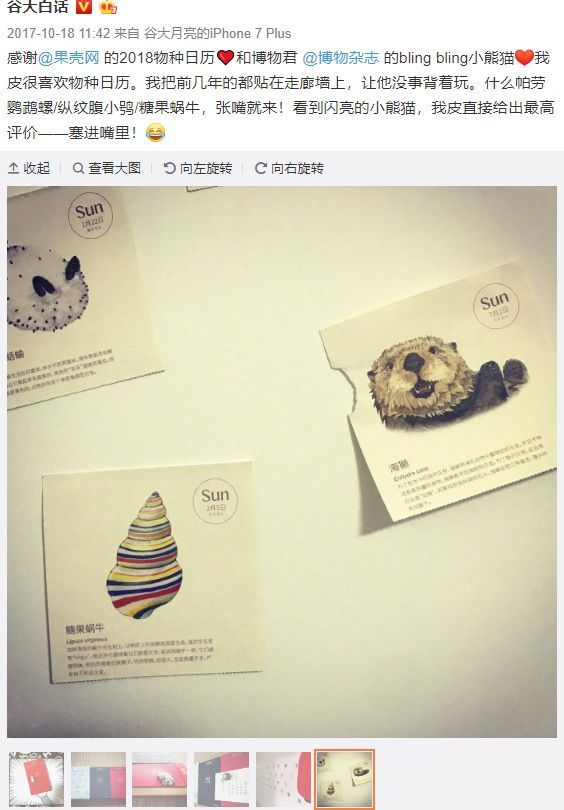Take this handful of pepper and we will have monkeys together in the future.

When I was a child, I still remember a story told by adults in my hometown in Sichuan: in the days when there was no modern medical treatment, if a person with a toothache wanted to pull out his tooth, someone would help him rub pepper powder on the gums near the diseased tooth and tie the diseased tooth with a strong silk thread at one end and tie it to the doorknob at the other end. As soon as the door was suddenly closed, the tooth had fallen and the person concerned did not know it.
Now that I think about it, the story is probably unreliable. But because of such a story, when I accidentally bit the whole pepper during the first few meals in my life, the impact that hit people's hearts would also become full of interesting aftertaste, and made me feel that the impact of pepper was harmless, even beneficial. Its existence can ease my pain. In the end, every time I went back to Sichuan, I needed to find a bowl of old Ma copying hands to solve my cravings.
Today's main character-Zanthoxylum bungeanum. Picture: Susan L. Kelley / efloras.org
Ma, how does it feel?
In 2013, several British researchers revealed through experiments that, unlike the pain caused by capsaicin to stimulate nerves, the numbness caused by Zanthoxylum bungeanum is an alcoholic experience that confuses sensory nerve fibers, similar to the feeling of applying a mechanical vibration of about 50Hz to the fingertip or a voltage of about 9V to the tip of the tongue (not recommended)-both spicy and hemp are plant chemical defenses, while humans who shake M are addicted to these "smells."
Finding meat in a pile of chili and pepper is also a pleasure when eating and cooking sliced meat. Picture: Oriental IC
Zanthoxylum bungeanum is not the only species of Zanthoxylum in North America. Different colors in the picture represent the distribution areas of different species. Interestingly, there is no Zanthoxylum bungeanum in the west. Picture: A. Barra / wikimedia; data: Little et al./USGS; drawing: purple snipe
So the question is, before Columbus, was the taste of Sichuan people lighter? I'm not sure. Because Zanthoxylum bungeanum is a plant that has been used for a long time, the tradition of Sichuan flavor is to cook food, supplemented by "pepper and salt" dry plate, "pepper" has always been pepper powder, spicy can be absent. For further seasoning, the spicy onions, ginger and garlic can also be delicious, and there are other spicy plants such as Polygonum polygonum (Polygonum hydropiper) (such as the traditional Luzhou flavor "Liaozi Douhua"). The chili pepper, called "sea pepper" in Sichuan and Chongqing, shows that it is indeed the one who came after the great navigation era. Of course, everything is open to us.
A spoonful of pepper powder. Picture: picture worm creativity
Insert a story about pepper. Although there are many wild Piper plants in China, what is certain is that we introduced seasoning pepper from India as early as the Tang Dynasty.
In short, before the big voyage, Sichuan is not short of spicy condiments. By the way, the Japanese word for "pepper" is actually "sea pepper", so combined with the previous article which also introduces the species calendar of Rutaceae, the so-called "grapefruit pepper" seasoning uses neither grapefruit nor pepper.
"mace" as a token of love
Back to the point, Zanthoxylum bungeanum is also a member of the Rutaceae, so eaters value not only the excitement of hemp, but also its aroma, which comes from limonene and various aromatic alcohols and esters.
The ancients of the pre-Qin Dynasty often praised "pepper" as a beautiful thing. The poem qu Yuan included in the songs of Chu mentions the image of "pepper" ten times, often with pepper and orchid together, taking fragrance. For example, in "Nine songs Donghuang Taiyi," there are "steamed cymbidium cuisine and cinnamon wine." this is probably the sublimation of the earliest literature that is popular and spicy. It seems that Dr. Sanlu is also an enthusiast of Zanthoxylum bungeanum soup. Next year's Dragon Boat Festival, there will be more pepper in the brown seed.
As a native of Hubei today, qu Yuan may say, "add more pepper, thank you." Photo: Wang Kui / "three talents Picture Society"
The ancients would also regard pepper as a pledge of love. There is a saying in the Book of songs of the East Gate of Chen Feng: "if you look at it [Qi á o], I hold the pepper," which means that the woman in front of her is as beautiful as a flower, and she also responds by sending a handful of pepper. How romantic! Another article in "the style of Poetry and Tang Dynasty" says: "the pepper talks about the truth, Fan Yingsheng." His son is gigantic. " So, the girl who sent a handful of pepper is basically saying, "I want to have monkeys with you".
Take this handful of pepper and we will have monkeys together in the future (heavy fog). Picture: Max Ronnersj? / wikimedia
The reason why Zanthoxylum bungeanum can be associated with fertility is that its thyrse usually has many flowers, and its fruit naturally symbolizes many children and blessings, so that the palace of the imperial concubine of the Han Dynasty is called the "pepper room", and the walls are covered with pepper. Of course, it is also possible for a "pepper room" to take its fragrant meaning.
The inflorescence of Z. humile. Picture: Penny English00 / wikimedia
However, North Americans do not think so. They associate the thick thorns on the stem of Zanthoxylum bungeanum with the Hercule's club of Hercules, and the smaller one is the "stinging ash tree" (prickly ash), which is also the two English common names of Chinese pepper.
Pepper's "mace stick". Picture: Susan L. Kelley / efloras.org
In fact, thorns, Cymes and pinnately compound leaves are also found in many members of other genera of Rutaceae. The most important common feature of the family Rutaceae is the oil glands filled with aromatic oil, that is, the protuberances on the prickly ash shell (the exocarp of the oyster), similar to those on the orange peel, not only on the fruit, but also in the light.
The protuberance on the shell is the source of the fragrance of pepper. Picture: Ragesoss / wikimedia
Unique generation of many "peppers"
In fact, the "pepper" in the pre-Qin characters may not refer to just one kind. Chinese prickly ash species are widely distributed. In addition to today's protagonist Z. bungeanum, many other species have long been used as "Zanthoxylum bungeanum", such as wild pepper (Z. simulans) found only in Hunan and its eastern areas.
There are 41 species of Zanthoxylum bungeanum in China and more than 250 species of Zanthoxylum in the world, covering tropical and subtropical regions of the African continent, Madagascar, Asia and the Americas, and even landing in the Hawaiian Islands. But the pepper in Hawaii is so gentle that the thorns are gone.
Although the Chinese word "pepper" corresponds to more than one species, the "pepper" we can eat, including American pepper and Japanese mountain pepper (Z. piperitum), basically comes from a subgenus of the genus Zanthoxylum (subgenus Zanthoxylum). Compared with their tropical ancestors, they have evolved more hardy abilities, which can spread northerly to Liaoning in China and southern Hokkaido in Japan, or to the St. Lawrence River in North America.
In these narrow sense, there is no difference between calyx and petals. Other species in the genus Zanthoxylum which do not have this feature are generally called "cliff pepper", some of which can only be used medicinally, and some are even poisonous and cannot be eaten. There are many famous plants belonging to cliff pepper in China, such as Z. nitidum, which is named because of the thorns in its leaves, and Z. schinifolium, which is occasionally mixed with Zanthoxylum bungeanum (Zanthoxylum bungeanum).
Zanthoxylum nitidum gets its name from Ye. Picture: Li Shijin / efloras.org
Speaking of green pepper, we have to seriously clarify that the popular "green pepper" in Sichuan and Chongqing in recent years is not the species called Z. schinifolium in flora (it is not fragrant at all, only outsiders who don't know how to make a mistake), but from Zanthoxylum bungeanum (Z. armatum), which is found in the sachet unearthed in Mawangdui of the Western Han Dynasty.
A person who likes to eat pepper can tell you the difference between West Road Pepper and Dahongpao (different varieties within the species), not to mention the fresh and unique bamboo leaf pepper with citrus aroma. It is different from the traditional dried prickly ash in that it mainly takes the aroma of its fresh fruit and directly picks a fruit sequence into the dish, which is called "rattan pepper". It can also be squeezed out of rattan pepper oil and used for seasoning. Aah! At this point, my mouth is drooling.
Alas, it is a pity that this branch of the subgenus Zanthoxylum has not been "removed from Europe".
The rattan pepper chicken that makes people drool. Picture: Shu Shu's kitchen / bean and fruit delicacies
Although the ancient Zanthoxylum conquered all continents except Antarctica, with the advent of the ice age, they left only fossils in Europe and evidence of the existence of the North Atlantic land bridge.
When I was at school, every time I went home, I couldn't help taking a can of Hanyuan pepper with me. The aroma of fresh pepper may be an important reason why I finally chose not to stay in Europe for a long time.
This is the 282 article in the fourth year of the species calendar, from the author of the species calendar @ purple snipe.
Calendar Niangyi welfare
Qiang Qiang, it's time to open the lottery!
Did you take part in the # Book Review # activity last week?
Calendar Niang received a lot of book reviews, love you cute ~
Especially for those who have written short comments.
Prepared a 20% discount coupon for the exclusive fruit shell store!
Welfare will be issued one after another today.
Everyone remember to check the exclusive welfare by bean mail.
As for the lucky goose who won the "species Calendar 2019"
It's you. @ bitter!
Leave a message and tell Calendar Niang your receiving message!
Friends who have not been chosen, don't be disappointed.
Here, get the portal for "species Calendar 2019"
Here it is.
Of course, don't worry if you miss the previous book review.
Now go to Douban and leave your score and what you want to say.
Every Sunday, Li Niang will check it and distribute new coupons.
Calendar Niang today's avatar
Rutaceae
- Prev

How to grow eggplant on the balcony? It only takes five simple steps to fill the ball.
Today, the editor recommends a kind of fun and delicious balcony potted fruit [eggplant]. Of course, the editor does not recommend not that kind of ordinary eggplant, ordinary eggplant does not look good when used as a potted plant. Xiaobian recommends black round eggplant (looks like the following picture.
- Next

The oversized "species Calendar" designed for children is not just big.
The fruit shell is eight years old, and many fruit shells er also have small shell er. Calendar Niang often receives the "Battle report" that they use the "species Calendar" as a child's recognition picture and literacy card: there are 53 warm and scientific movements on the species Calendar every year.
Related
- Wuhan Hospital Iron Tree Blooming Result Was Instantly Frightened by the Gardener Master
- Which variety of camellia is the most fragrant and best? Which one do you like best?
- What is the small blue coat, the breeding methods and matters needing attention of the succulent plant
- Dormancy time and maintenance management of succulent plants during dormancy
- Minas succulent how to raise, Minas succulent plant pictures
- What are the varieties of winter succulent plants
- How to raise succulent plants in twelve rolls? let's take a look at some experience of breeding twelve rolls.
- Attention should be paid to water control for succulent plants during dormant period (winter and summer)
- Watering experience of twelve rolls of succulent plants
- Techniques for fertilizing succulent plants. An article will let you know how to fertilize succulent plants.

